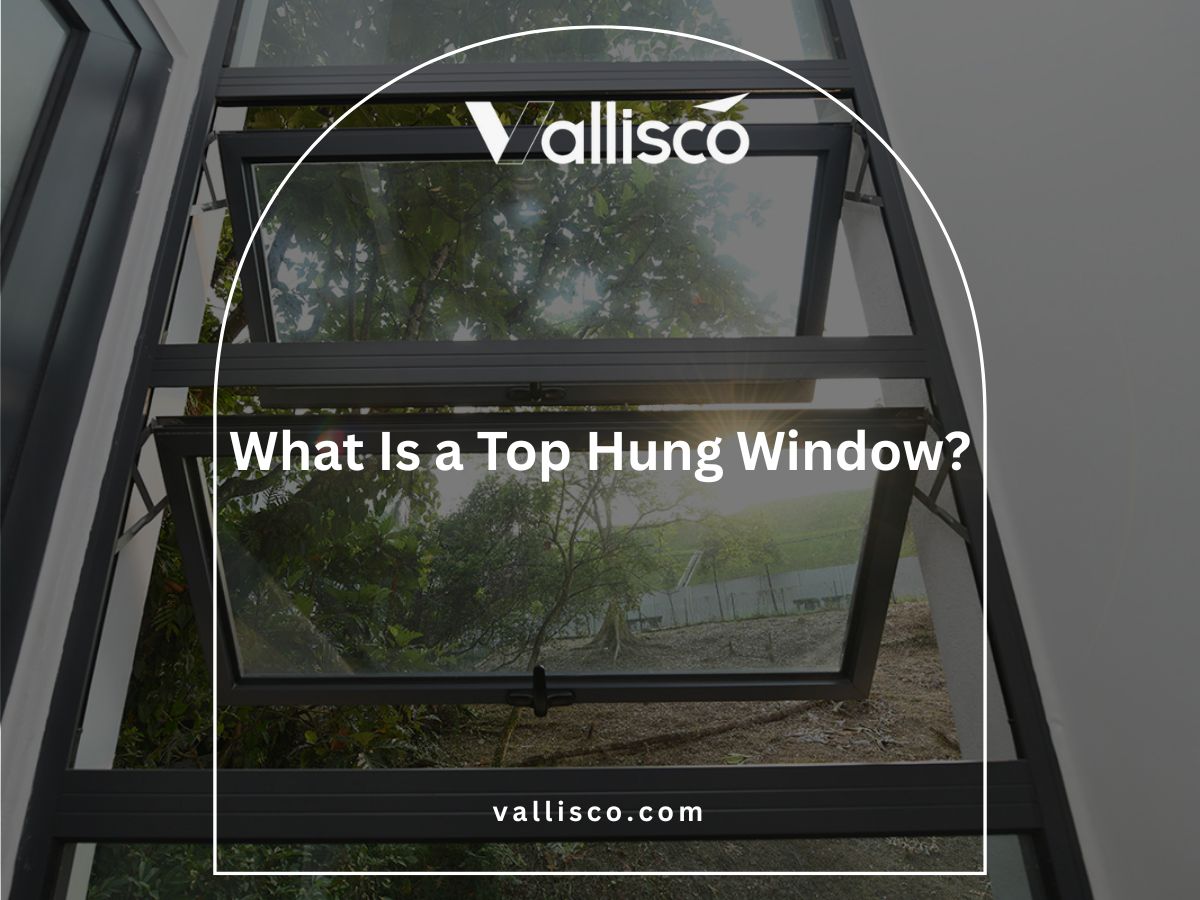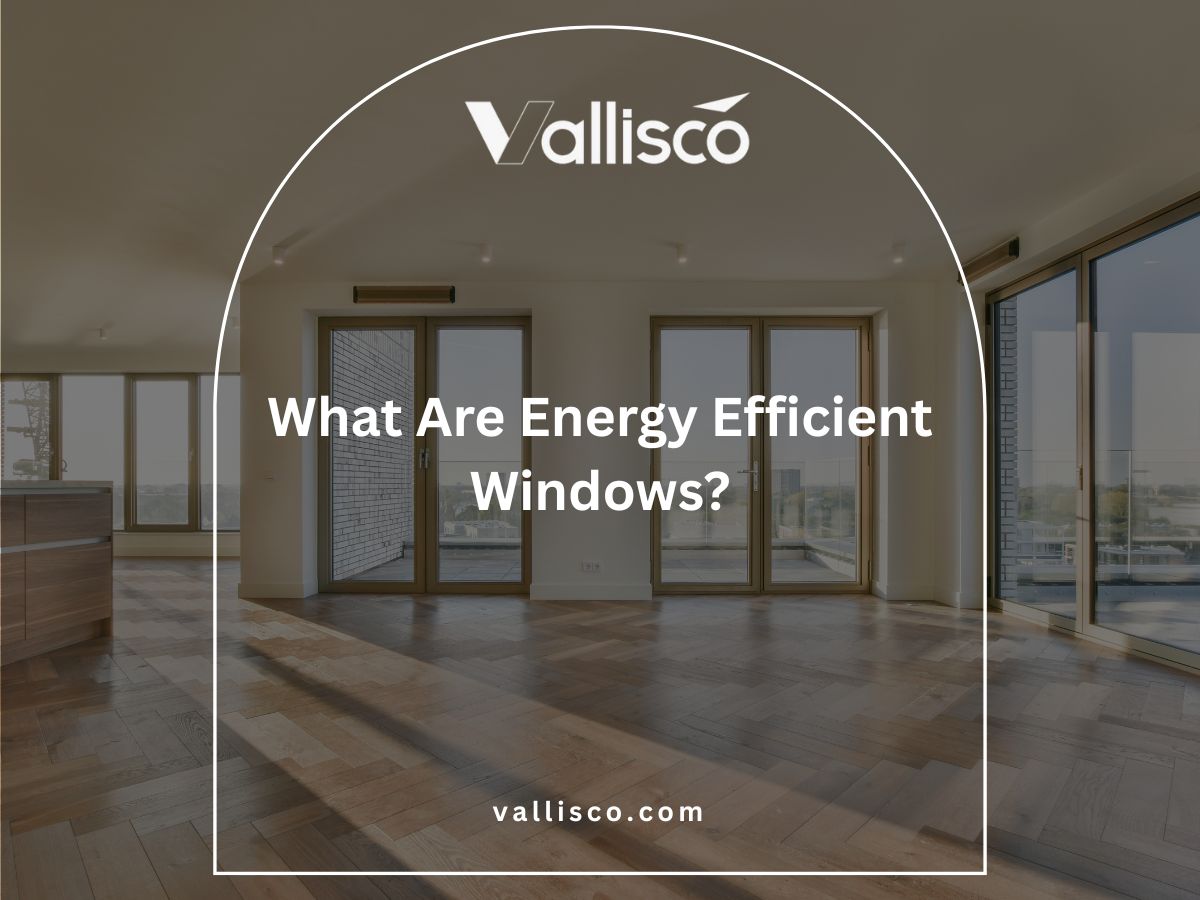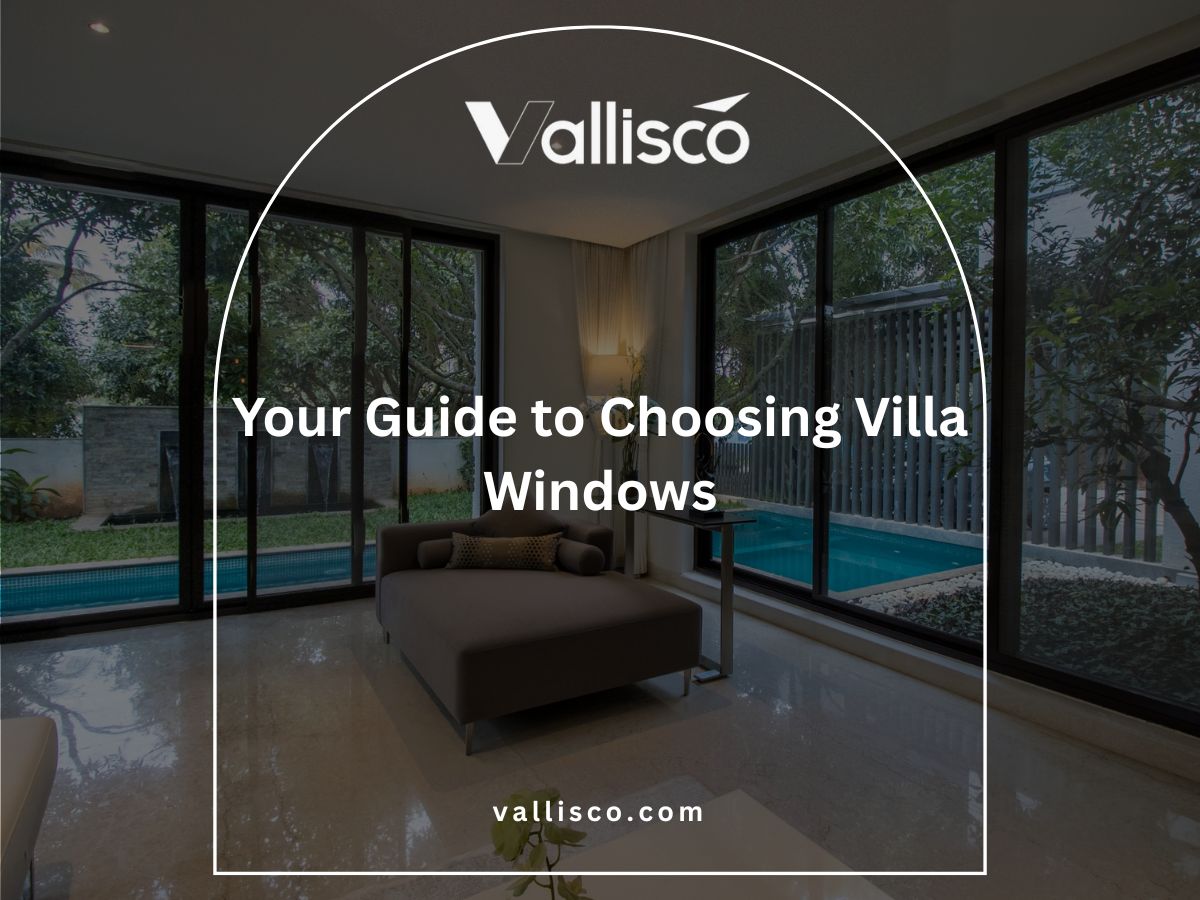During a routine building assessment, I came across an office that had recently upgraded to energy efficient windows. Their team mentioned the space felt more stable in temperature throughout the day.
It was a simple but useful reminder that windows do more than let in light.
Over the years, I’ve seen how different businesses approach efficiency upgrades, and I’ve learned what delivers real results. This review brings together that practical experience.
You’ll find a breakdown of what energy efficient windows are, how they’re designed, and how to evaluate them for your business. By the end, you’ll have the answers you’re looking for.
Because sometimes small upgrades add up to meaningful improvements.
So, let’s dive in!
1. What Are Energy Efficient Windows?
Energy efficient windows are designed to reduce how much heating or cooling escapes through the glass and frame. Instead of acting like weak spots in a building, they help keep indoor temperatures stable. This is done with features such as double or triple glazing, low-emissivity (Low-E) coatings, and insulated frames that work together to minimize energy loss.
Think of them as more than just windows. They are a smart business investment. I’ve seen companies cut down on energy costs while also making their spaces more comfortable for employees and customers. In short, energy efficient windows are not only about saving money, they are about making your building perform better every day.
2. How Do Energy Efficient Windows Work?
When I first learned about energy efficient windows, I realized they’re not just about fancy glass. They use a mix of simple but smart technologies that quietly keep energy from slipping out of your building. Here’s a closer look at how they actually work:
- Multiple Glazing Layers: Most energy efficient windows use two or three panes of glass instead of just one. These layers create barriers that slow down the transfer of heat, keeping indoor air where it belongs. The result is a window that works harder to maintain stable temperatures.
- Low-E Coatings: Low-emissivity coatings are thin, nearly invisible layers applied to the glass. They reflect heat back into the room during winter and block unwanted solar heat during summer. This means your heating and cooling systems don’t have to work overtime.
- Gas Fills Between Panes: The space between panes is often filled with gases like argon or krypton. These gases are denser than air, which makes them better at insulating. It’s a simple upgrade that adds a big boost to efficiency.
- Insulated Frames: It’s not just the glass that matters—the window frames play a big role too. Frames with built-in insulation or materials that reduce heat transfer help stop energy leaks. Strong frames make sure the glass performs at its best.
- Tight Seals and Spacers: Vallisco’s nergy efficient windows rely on precise seals and spacers to keep air from sneaking in or out. A well-sealed window reduces drafts, condensation, and energy loss. This attention to detail makes the whole system work together effectively.
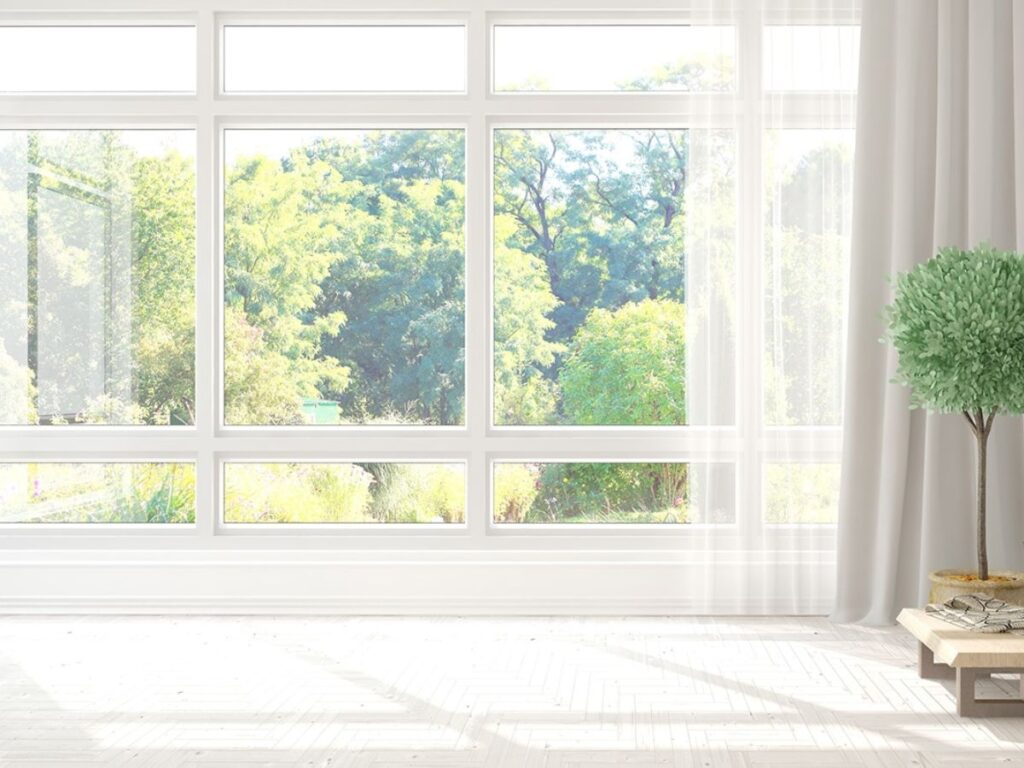
3. Benefits of Using Energy Efficient Windows
Over the years, I’ve seen businesses overlook windows when trying to cut energy costs. But the truth is, energy efficient windows bring more to the table than most people expect.
Let’s break down the main benefits you can count on.
Lower Operating Costs
One of the most obvious benefits is saving money on heating and cooling. By reducing how much energy escapes, these windows help your HVAC system run more efficiently. Over time, that translates into real savings on monthly utility bills. I’ve worked with companies that were surprised at how quickly those savings added up.
Improved Comfort for Employees and Customers
Comfort inside a building isn’t just a luxury—it affects productivity and customer experience. Vallisco’s energy efficient windows reduce drafts, cut down on hot and cold spots, and make temperatures feel more balanced. Employees can focus better, and customers feel more at ease. A more comfortable environment often leads to happier people and smoother business operations.
Noise Reduction and Better Privacy
Another benefit I’ve noticed is how much quieter spaces feel after these windows are installed. The extra layers of glass and insulated frames do a great job of reducing outside noise. This is especially valuable for businesses located near busy streets or industrial areas. Less noise means fewer distractions, which creates a more professional atmosphere.
Enhanced Building Value and Appearance
Energy efficient windows also improve the overall value of a property. They give buildings a modern, polished look while signaling that you’ve invested in sustainability. Many businesses find this helps with branding, showing clients they care about efficiency and the environment. At the same time, the upgrade adds long-term resale value to the property.
4. How Much Do Energy Efficient Windows Cost?
When clients ask me about energy efficient windows, the first question is almost always about price. And that makes sense because upgrades only make sense if they fit your budget and deliver a return. The truth is, costs vary depending on the type of window, the features you choose, and the scale of your project.
To give you a clearer picture, here’s a breakdown of common ranges.
| Window Type | Typical Price per Window | Installation Cost | Energy Savings Potential | Best For |
| Double-Pane (Standard) | $250 to $400 | $100 to $300 | Moderate savings, around 20% lower bills | Small offices or budget-conscious upgrades |
| Triple-Pane | $400 to $600 | $200 to $400 | Higher savings, great for extreme climates | Warehouses, industrial buildings |
| Low-E Coated Windows | $350 to $550 | $150 to $350 | Reflects heat, cuts cooling and heating costs | Retail stores, showrooms |
| Gas-Filled (Argon/Krypton) | $450 to $650 | $200 to $400 | Strong insulation, reduces drafts | Offices in colder regions |
| Custom or Specialty Frames | $600 to $1,000+ | $250 to $500 | Long-term savings, aesthetic boost | High-end properties, client-facing spaces |
5. Maintenance and Lifespan of Energy Efficient Windows
Energy efficient windows don’t demand a lot of upkeep, but they do reward a little attention over time. Businesses that care for their windows properly usually get decades of reliable performance. Here are the key points to keep in mind:
- Regular Cleaning: Keep the glass and frames clean with mild soap and water. Avoid harsh chemicals that could damage coatings or seals. A simple cleaning routine helps maintain efficiency and keeps your building looking professional.
- Seal Inspections: Check the seals around the windows at least once a year. If you notice cracks, gaps, or air leaks, it is better to address them early. Good seals prevent drafts and help the windows perform at their best.
- Hardware and Frame Care: Look over the frames, locks, and handles regularly. Lubricate moving parts and make sure everything is aligned. This small effort extends the lifespan and prevents bigger issues later.
- Lifespan Expectations: Well-maintained energy efficient windows can last 20 to 30 years or more. Their lifespan depends on the quality of materials, installation, and how well you care for them. With proper upkeep, they continue to deliver comfort and energy savings year after year.
6. What to Look for When Choosing Energy Efficient Windows
From working on different projects, I have learned that technical details make all the difference. If you know what to look for, you will avoid costly mistakes and get windows that actually deliver on performance. Here are three key areas to focus on:
U-Factor and Solar Heat Gain Coefficient (SHGC)
The U-Factor measures how well a window prevents heat from escaping, while the SHGC shows how much solar heat it lets in. Together, these ratings give you a snapshot of insulation and climate control performance. For colder climates, look for a lower U-Factor, and for hot regions, aim for a lower SHGC.
These numbers are not just technical jargon. They directly affect your monthly utility bills. Taking time to compare ratings helps you pick windows designed for your specific environment.
Low-E Coatings and Glazing Options
Low-emissivity (Low-E) coatings are thin metallic layers that improve energy efficiency by reflecting heat where you want it. Combined with double or triple glazing, these coatings help regulate indoor temperatures year-round.
Choosing the right combination ensures both cost savings and comfort inside your building. If you skip these features, you may end up with windows that look fine but underperform in practice. I always advise businesses to balance upfront cost with the long-term value these technologies provide.
Frame Materials and Gas Fills
Frame materials such as vinyl, fiberglass, or insulated wood affect both durability and energy efficiency. Meanwhile, gas fills like argon or krypton between panes add extra insulation.
Paying attention to both the frame and the gas fill ensures the entire window system works effectively. Overlooking frames or gas fills can undermine the performance of even the best glass. Think of the window as a system where each part supports the other to deliver maximum efficiency.
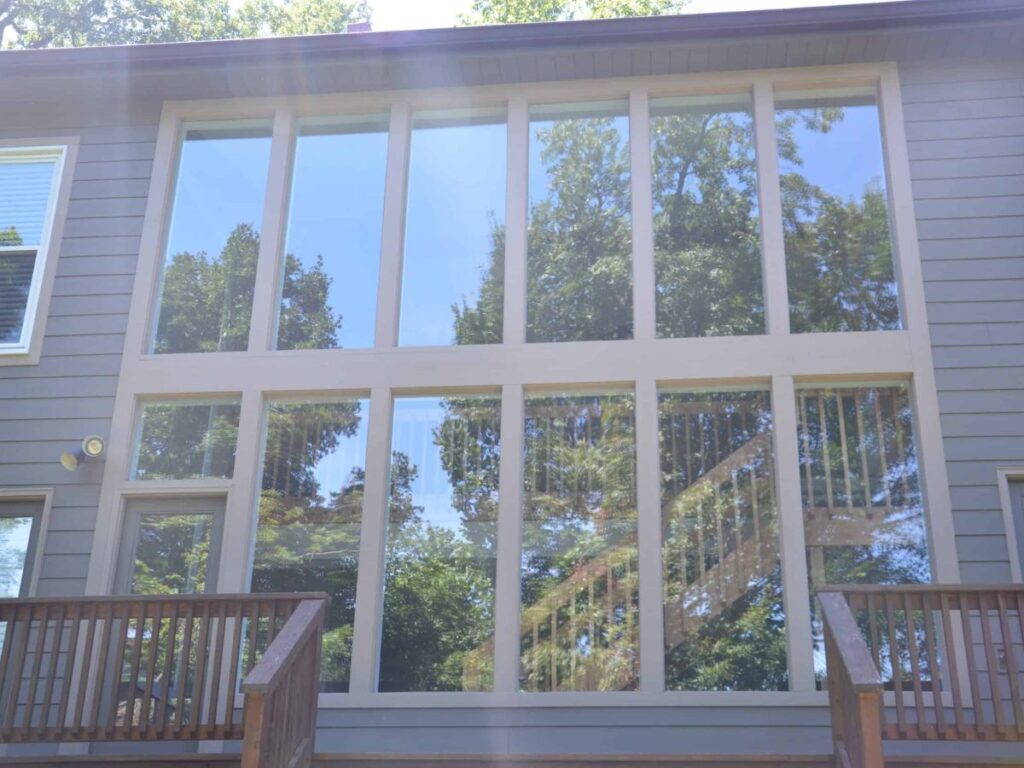
Conclusion
At the beginning, I shared how one office experienced steady temperatures after installing new windows. That simple change connected directly to their bottom line.
Energy efficient windows are more than a feature; they are a business tool that pays you back year after year.
In this guide, you’ve seen how they work, why they matter, and what to look for. The story comes full circle: better windows, better performance, lower costs.
Ready to explore your options with a trusted partner? Contact Vallisco today and let’s build smarter together.
Explore More Helpful Resources
Curious for more? These additional articles offer even more insights and advice:
Still haven’t found what you’re looking for? Don’t hesitate to contact us. We’re available around the clock to assist you.



